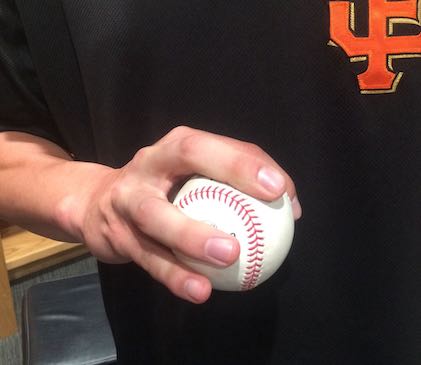Aaron Civale and the Competitive Advantage
In modern baseball, it’s hard to win if you can’t develop talent, particularly as the sport’s best teams get even better at turning raw ingredients into functional ballplayers. The best example these days is Houston’s pattern of acquiring pitchers with high-spin fastballs or curveballs and polishing them into All-Stars. As has been detailed at length here and elsewhere, Houston’s success with that breed has powered the club to the top of baseball’s hierarchy. They’ve worked wonders with Gerrit Cole, Charlie Morton, and Ryan Pressly. They may run it back again with Aaron Sanchez and Joe Biagini.
But the Astros aren’t the only team with a competitive advantage on the mound. Before Morton and Cole exploded, Cleveland was widely considered the gold standard at developing pitching talent. They earned that reputation: former and current rotation stalwarts like Corey Kluber, Carlos Carrasco, Trevor Bauer, Danny Salazar, Mike Clevinger, and Shane Bieber all became significant contributors in just the last several years. Of those, only Bauer and Carrasco had major prospect hype, and even those two took their lumps in other organizations before straightening things out in Ohio. Indeed, Cleveland’s ability to turn wayward arms into productive contributors sparked their mini-dynasty in the AL Central, and may again prove decisive in this year’s playoff push.
Cleveland’s player development staff has worked its magic on a variety of pitchers; Salazar and Kluber, to name two, are very different hurlers. One commonality, though, is that they end up with a lot of right-handed pitchers who are really good at tunneling on the glove-side corner. Kluber is perhaps the best at this: The late action on his slider and two-seam fastball make the pitches perfect for starting near the corner and forcing hitters to guess which direction it’s going to move.
Increasingly, it appears that this is a replicable strategy. The latest guy to carry the mail? Aaron Civale, a 24-year-old righty who barely snuck onto Cleveland’s top prospect list earlier this spring and has flourished in three big league starts this summer. Through 18 innings, he’s allowed just two runs and has whiffed a batter per frame while walking only four. Read the rest of this entry »

